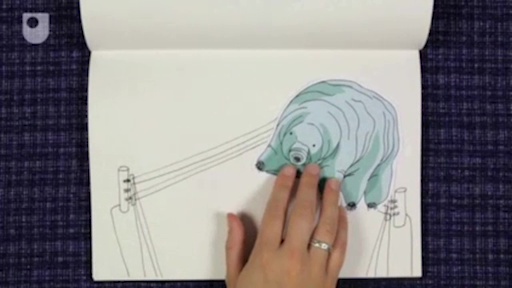5 Can microbes survive elsewhere in the Universe?
As well as thinking about life in the Universe, you may wonder how well microbes can survive in very hostile conditions on Earth. The Open University has carried out some research on this in low Earth orbit and in extreme physical conditions on Earth.
Watch Video 4, which is an interview with a microbiologist discussing this research, then complete Activity 6.

Transcript: Video 4 Interview with a microbiologist.
Activity 6 Survivability of microbes
Choose the correct options to complete the following statements.
a.
Devon1
b.
TP
c.
OU-20
d.
TP20
e.
Beare1
The correct answer is c.
In Video 4, the survivability of microbes on the outside of the ISS was discussed. In the ISS experiment ‘Biopan-6’, a group of tardigrades (water bears) – multicellular organisms, roughly the size of a grain of salt (Figure 5) – hold the record for the longest-lived animals in open space. Read this BBC News report [Tip: hold Ctrl and click a link to open it in a new tab. (Hide tip)] about the experiment.
Amazingly, tardigrades can effectively hibernate for weeks and can ‘come back to life’ after it comes into contact with water. This is called dessication. Watch Video 5 which shows this happening.

Which other organisms do you think could survive in an extreme environment? Watch Video 6 and then complete Activity 7 (which also draws on the discussion in Video 4).

Transcript: Video 6 The life of extremophiles.
Activity 7 What conditions make it difficult for life?
Based on Videos 4 and 6, complete the following statements.
You will now look at the habitability of other planets.

